Our origins
In 1925, a group of like-minded Denverites—who went unnamed in the original charter— created The Denver Foundation. As part of the charter, they created a “Distribution Committee,” who would be responsible for reviewing grant applications and awarding funds. According to the charter, the committee members were chosen by the trustee banks that managed the funds, the mayor of Denver, the chief justice of the Colorado Supreme Court, the chief judge of the U.S. District Court, the chief judge of the Denver District Court, and the judge of the Probate Court.
The original Distribution Committee included entrepreneur John Kernan “J.K.” Mullen, industrialist J.F. Welborn, insurance executive F.W. Standart, educator Emily Griffith, plumbing supplier Martin O’Fallon, and Judge Ira C. Rothgerber Sr.
The Distribution Committee lead The Denver Foundation during the initial years until Lawrence C Phipps, Jr. assumed the leadership in 1936.
In 1995, we renamed our Distribution Committee to the Board of Trustees to more clearly reflect its role. Today we have between 15 to 21 board members elected and approved by existing board members.
Our leaders
1936-1973: Lawrence C. Phipps, Jr
Distribution Committee member Lawrence C. Phipps, Jr. assumed leadership of The Denver Foundation as a volunteer. He was one of the founders of the Nevada-California Electric Company and later a director of Mountain States Telephone and Telegraph Co. He led The Denver Foundation for more than 30 years.
1973-1975: Frank Foster
We brought on our first executive director, Frank Foster, as a volunteer who served in that role for about three years. Under Foster’s leadership, the foundation invested in training opportunities for its volunteers with the aim of fostering professional development and best practices.
The flourishing number of assets called for even more help. Foster and a new part-time secretary focused on the foundation’s growth and went to work on a new priority: preparing The Denver Foundation to apply for tax-exempt status.
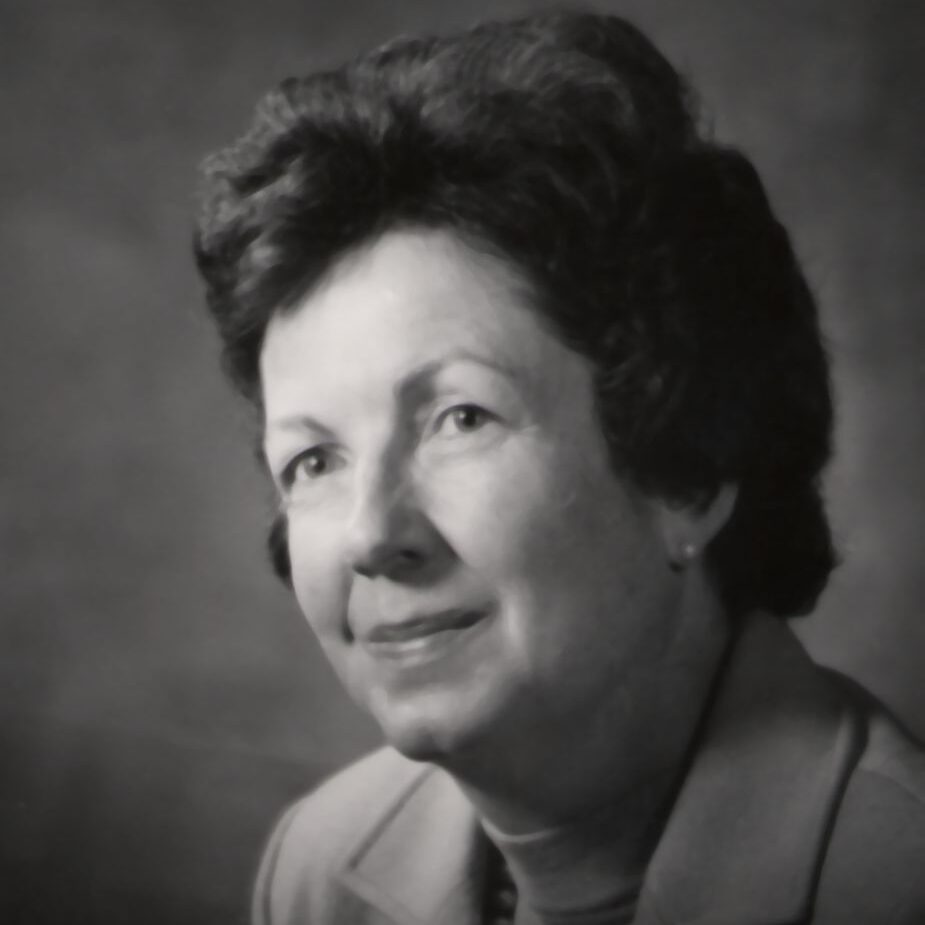 1975-1989: Patti Jeanne Harrington
1975-1989: Patti Jeanne Harrington
Distribution Committee member Patti Jeanne Harrington was hired as our second-ever executive director, and first paid executive director. During Harrington’s first year in leadership gifts to the foundation nearly doubled, bringing our total assets to $2.8 million. Harrington served as director for the next 13 years. Throughout her tenure, Harrington had a unique ability to connect people to local causes, raise and invest money, and elevate the foundation’s profile in the community.
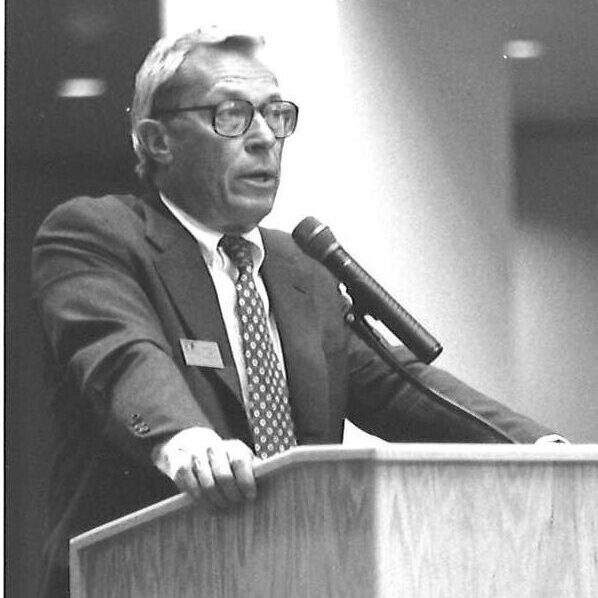 1989-1996: Robert E. “Bob” Lee
1989-1996: Robert E. “Bob” Lee
Robert E. “Bob” Lee took over as our third executive director. He served as director for seven years until 1996, during which he led the transition from the Distribution Committee to the Board of Trustees in 1995. Lee also played a key role in continuing the organization’s growth, with $37.9 million in gifts received between 1985 and 1995.
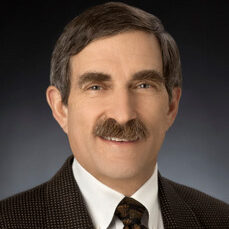 1996-2016: David Miller
1996-2016: David Miller
David Miller was The Denver Foundation’s fourth executive director. In 2002, Miller then became president and CEO, a role he held until 2016, making him our longest serving paid executive director to date. His leadership oversaw and encouraged major inclusivity and racial equity work for the organization. Additionally, Miller’s tenure saw significant asset growth, with totals growing from $58 million to $700 million.
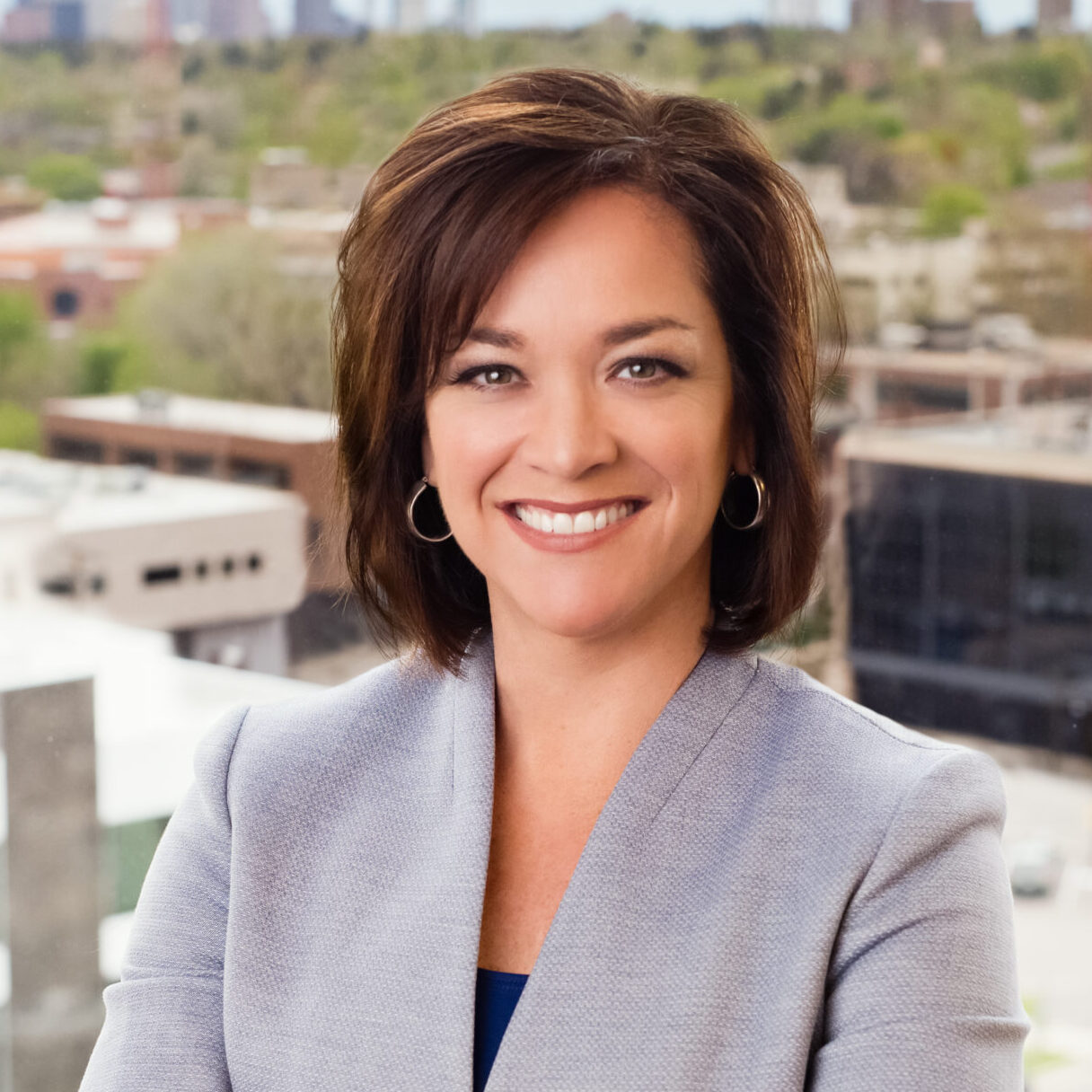 2016-2019: Christine Márquez-Hudson
2016-2019: Christine Márquez-Hudson
Christine Márquez-Hudson assumed the role of our president and CEO until 2019, only the fourth paid director in the organization’s history. Márquez-Hudson worked closely with local officials, including Gov. John Hickenlooper, to explore how business, government, and philanthropy can come together to create change. She brought her unique perspectives, entrepreneurial spirit, and belief that change starts close to home to the organization.
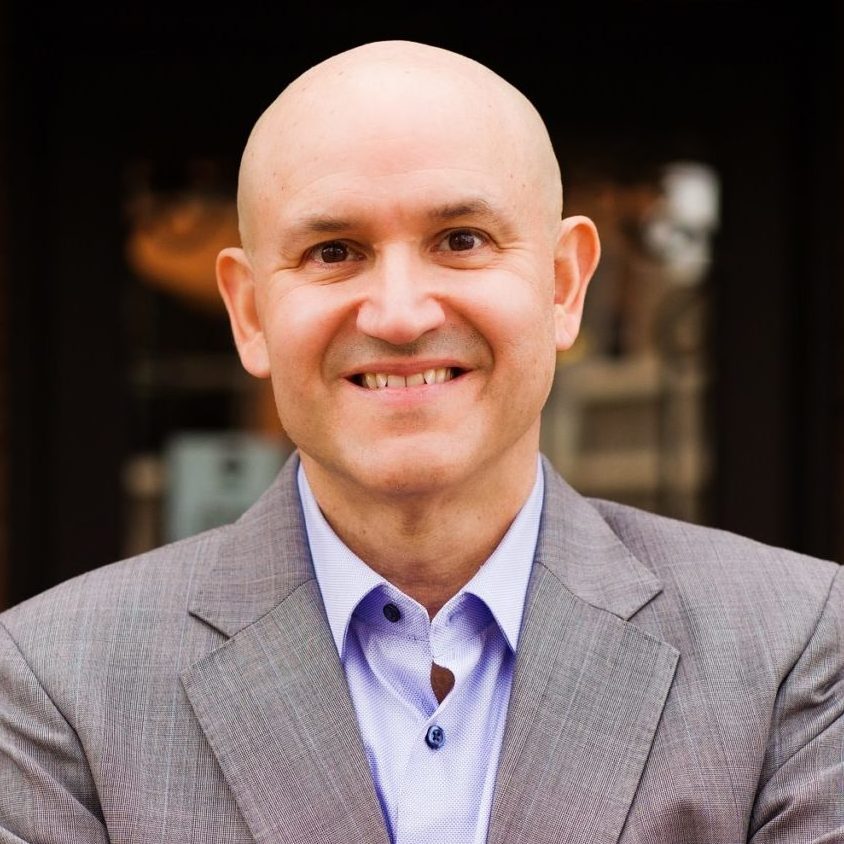 2019-Present: Javier Alberto Soto
2019-Present: Javier Alberto Soto
Javier Alberto Soto became our president and CEO in October 2019. Before that, Soto served for 10 years as president and CEO of The Miami Foundation. Since joining The Denver Foundation, Soto has led the development of a new strategic framework, continuing our commitment to racial equity and deepening our policy and advocacy work. He also led the mobilization of significant resources to help the area respond to the COVID-19 crisis.
When Soto first started, he embarked on a bike tour of Metro Denver, cycling through all of Denver’s 78 neighborhoods and its surrounding counties. Along the way, he has met with community leaders to discuss key issues and strengthen connections between the community and the foundation. The bike tour is an ongoing effort that continues to this day.
